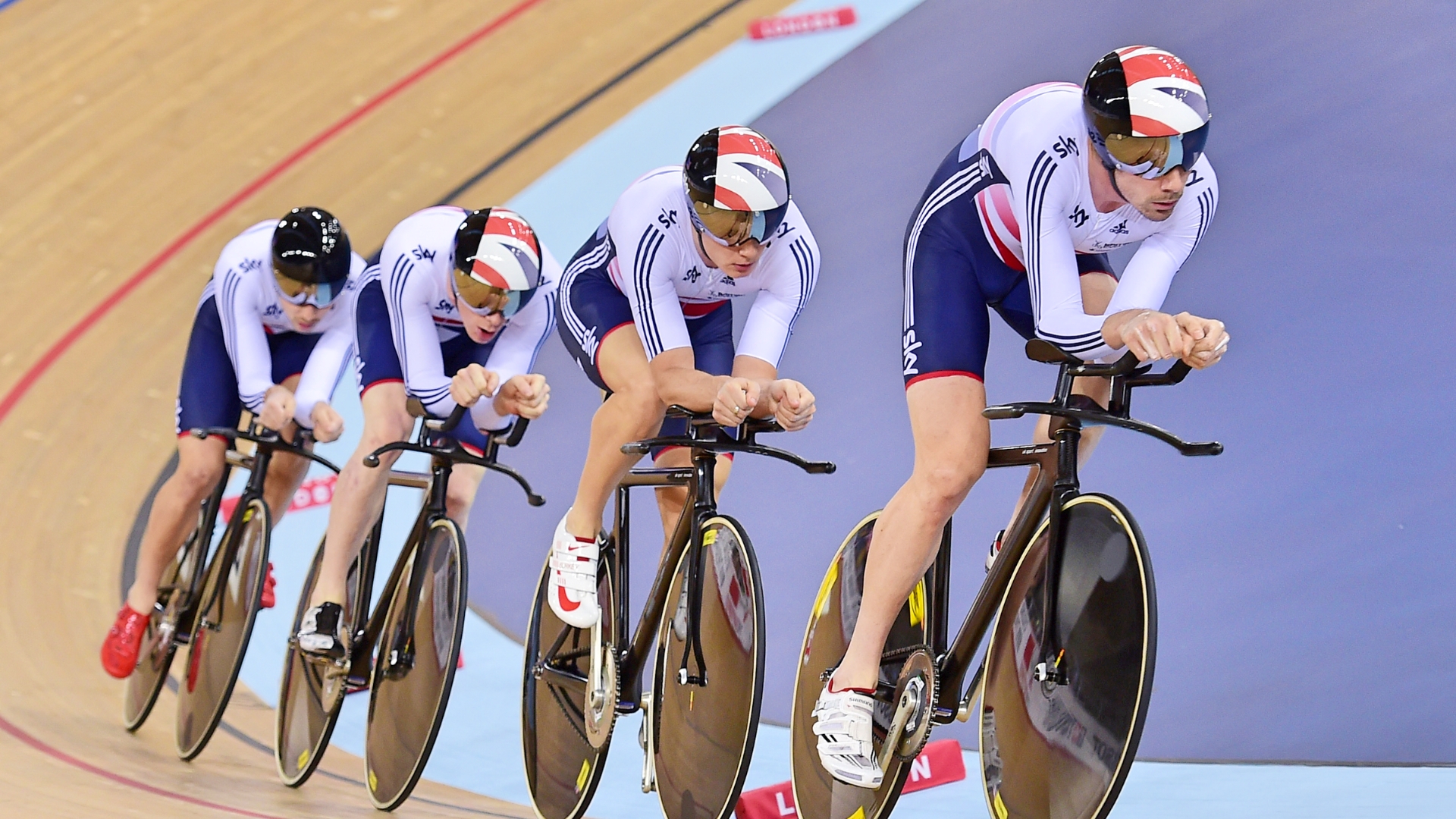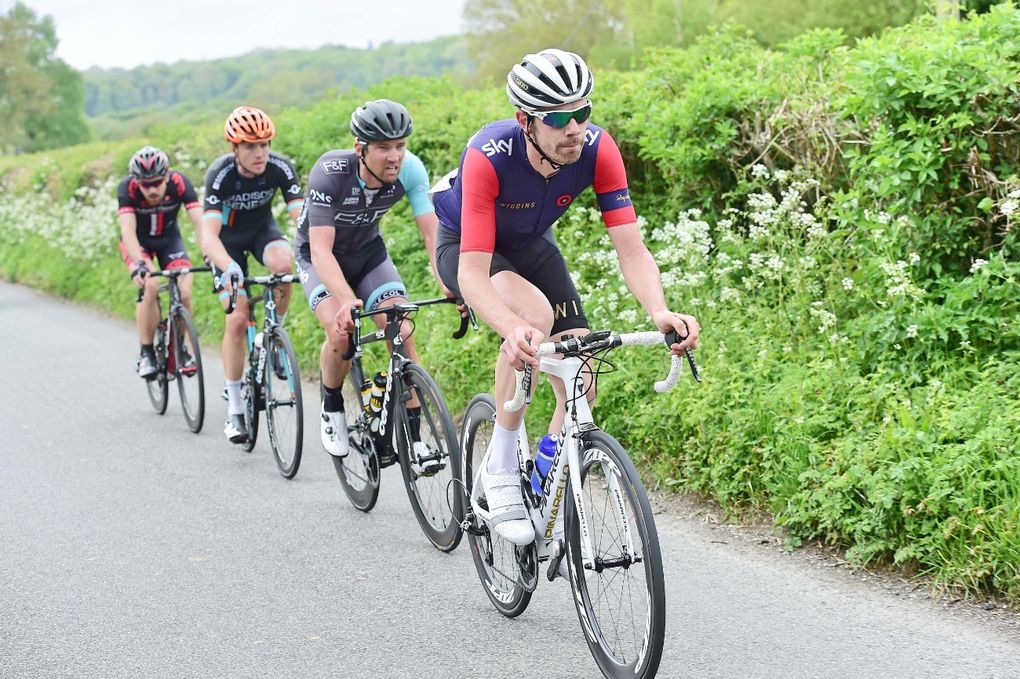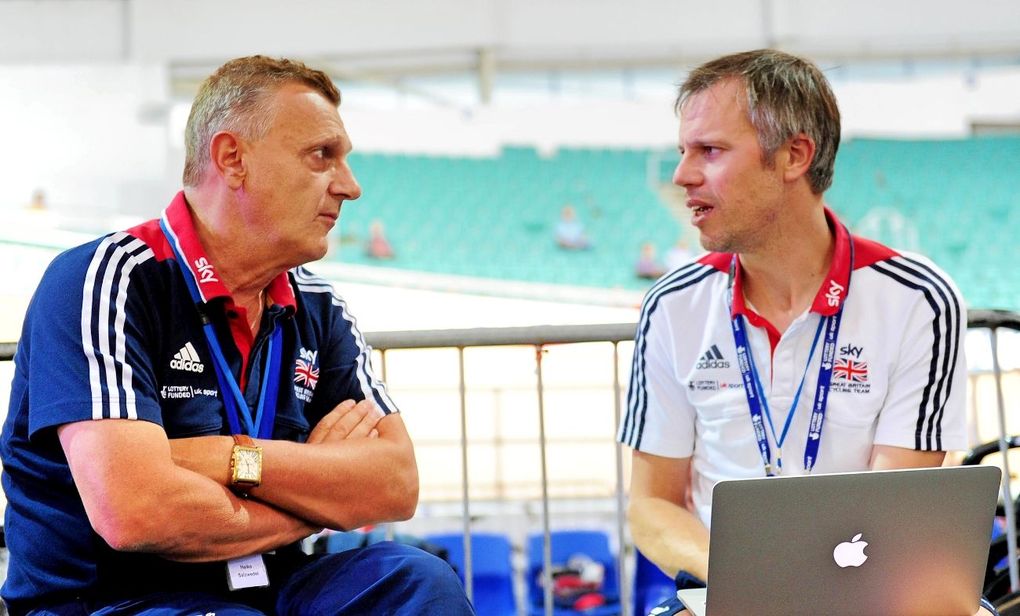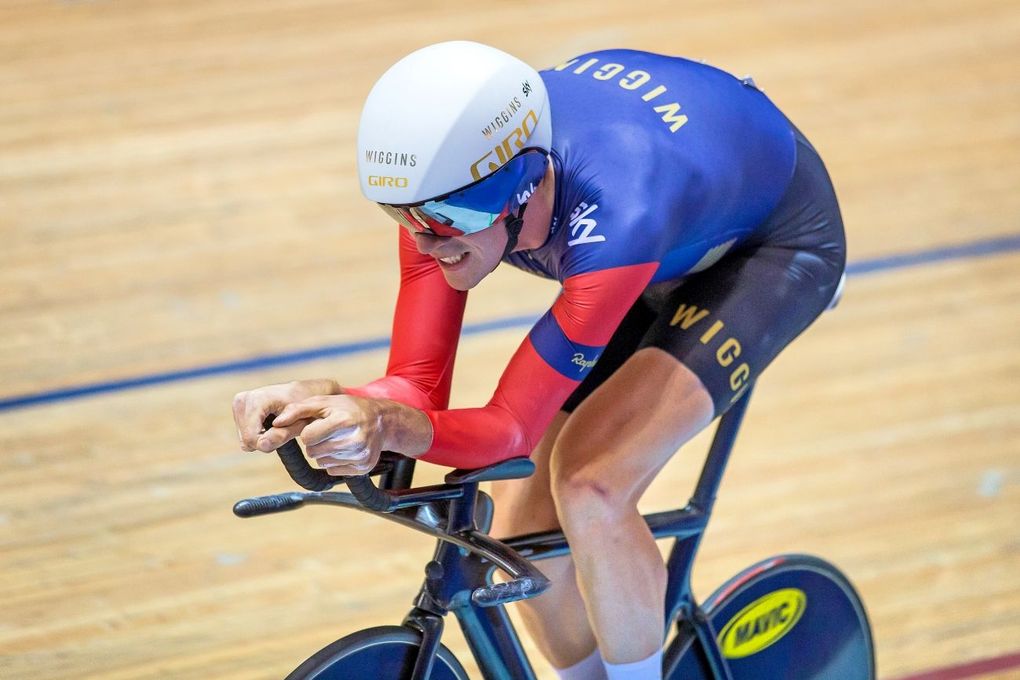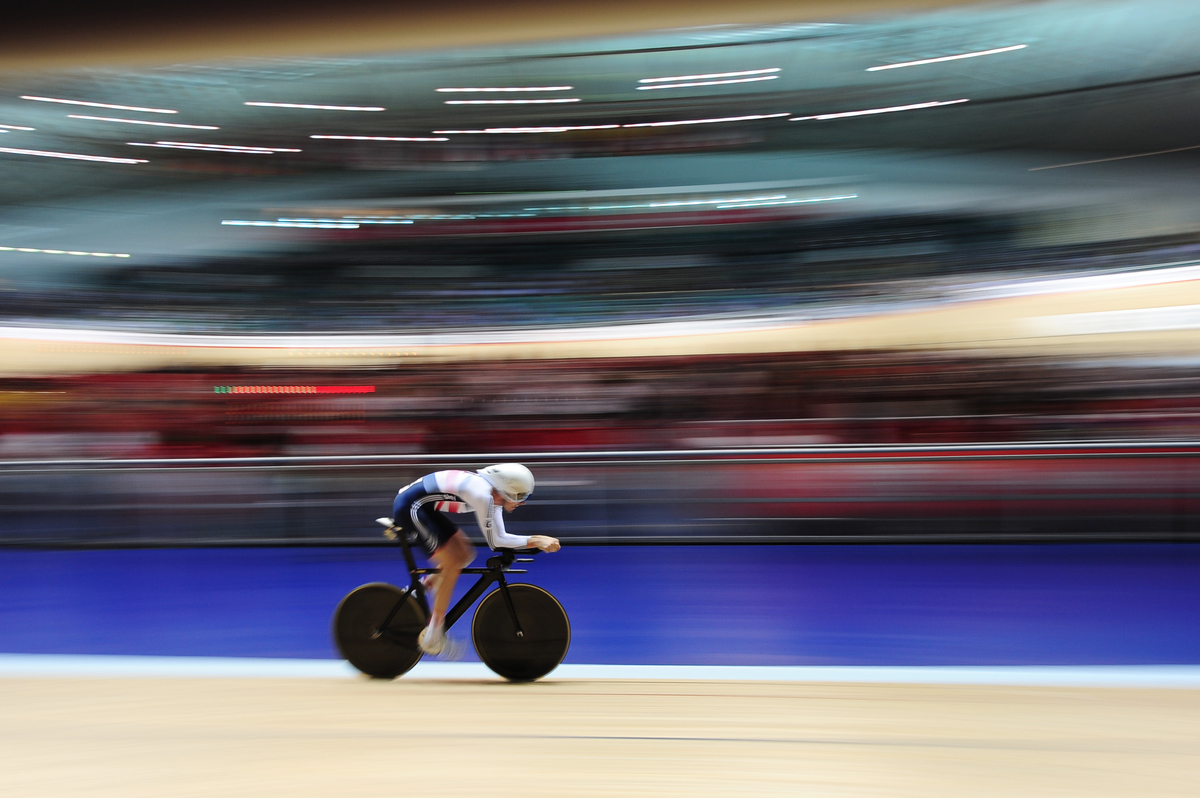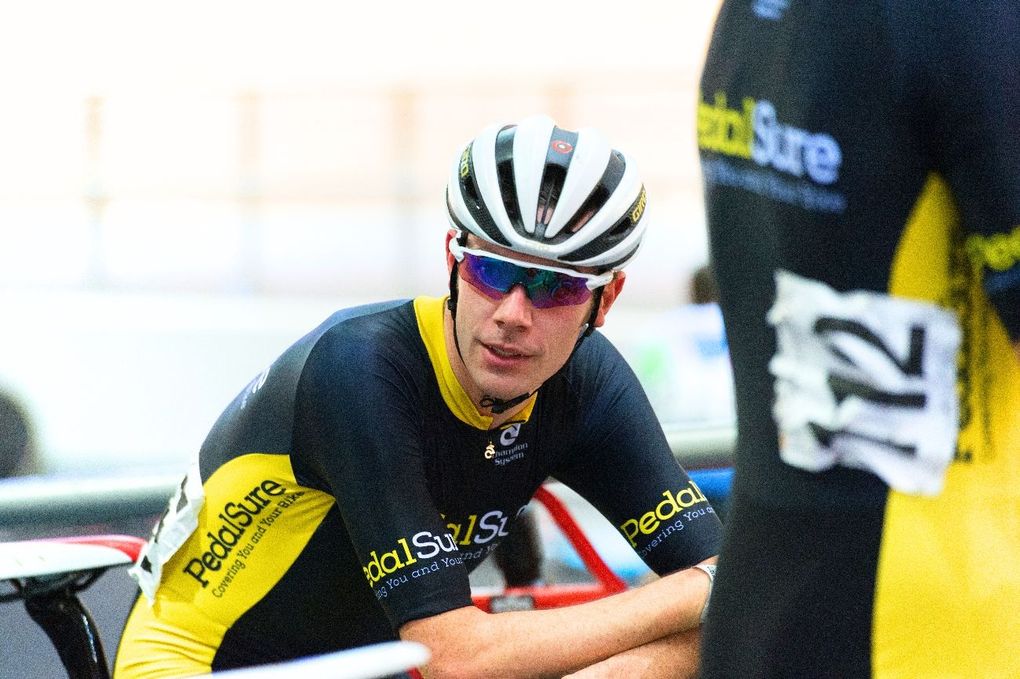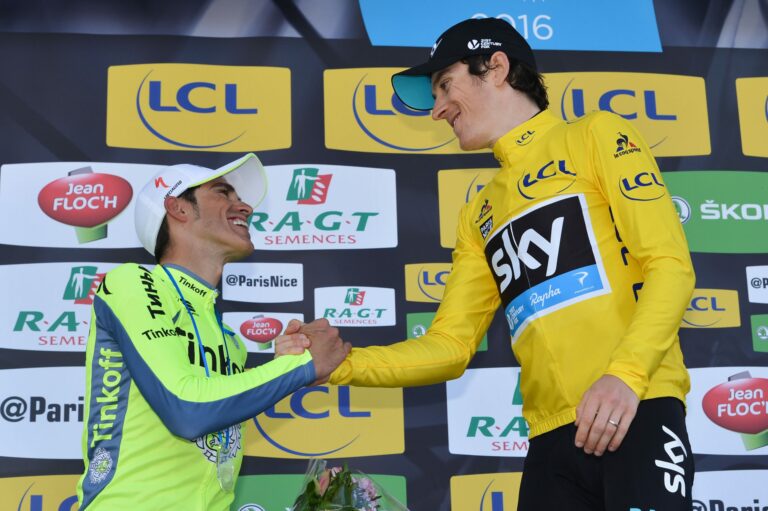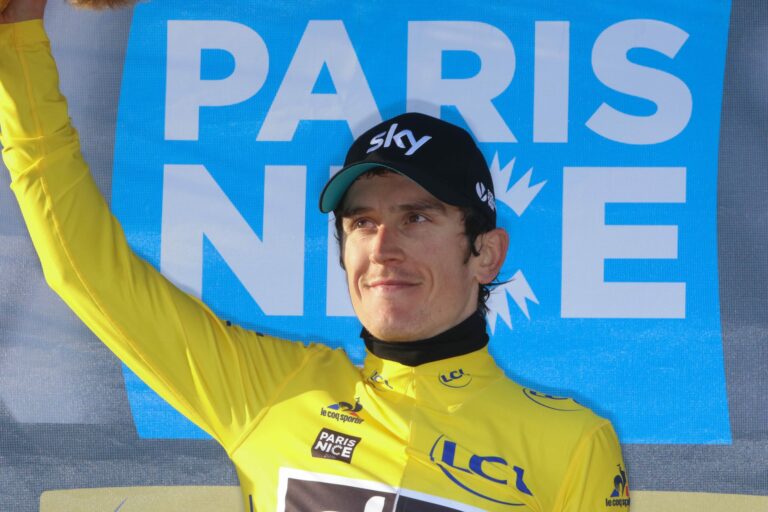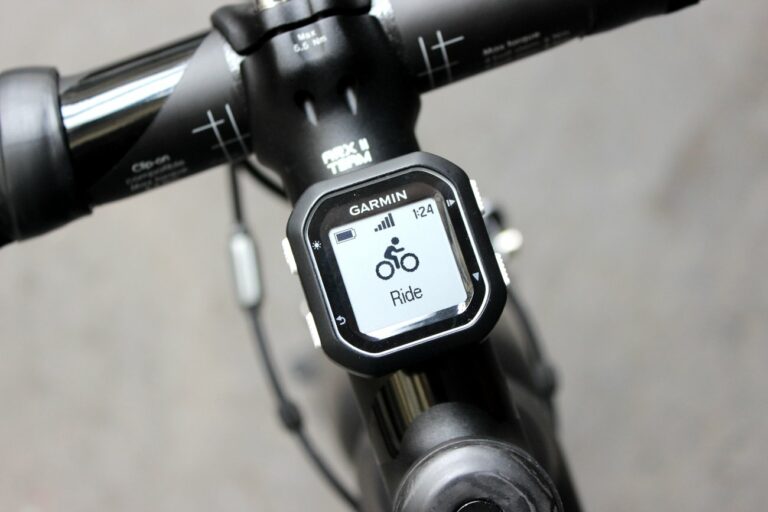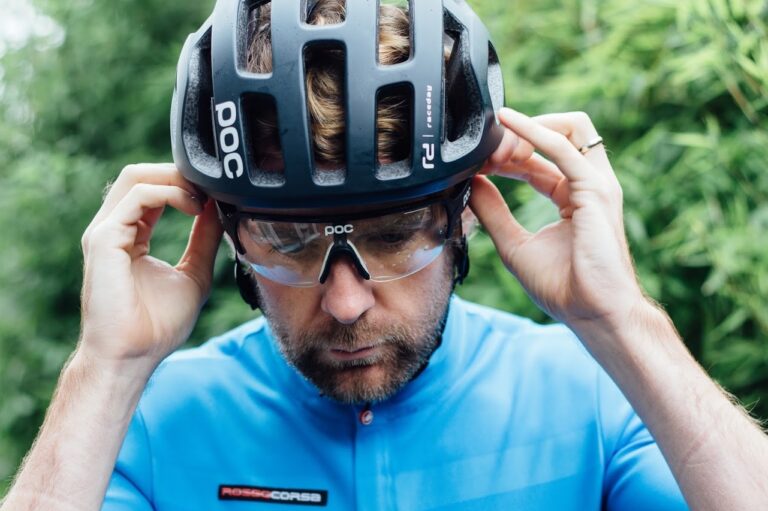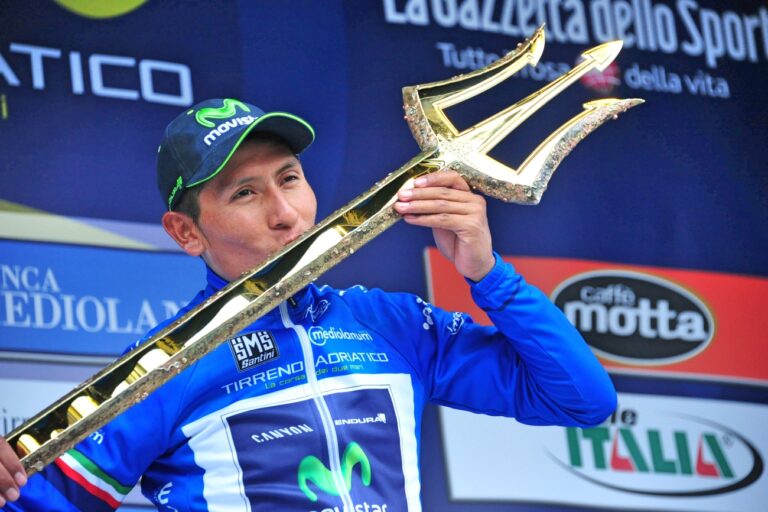Ahead of the 2016 Rio Olympics, Great Britain’s track cyclists return to the scene of the incredible triumphs of London 2012 for the UCI Track Cycling World Championships.
The great and good of track cycling will hit the Lee Valley VeloPark boards looking to test their form and lay down markers for the summer.
And it’s not just the Olympics British Cycling are looking ahead to, with the announcement of a £200,000 legacy programme by the team behind putting the World Championships on in London.
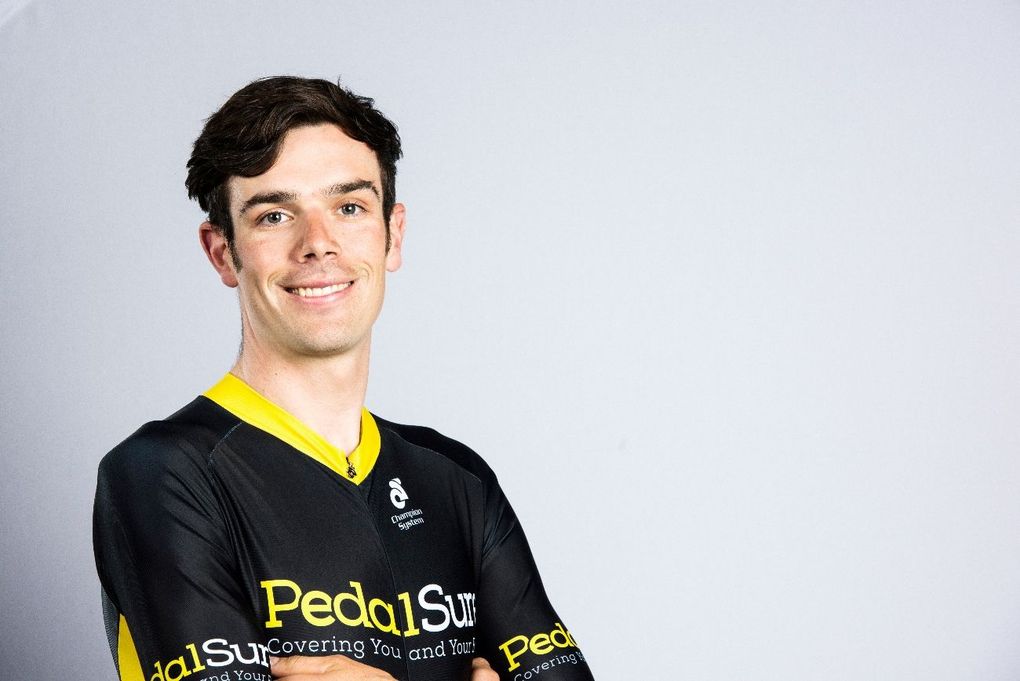
Aimed at inspiring more youngsters to get involved in cycling, the hope is another major tournament on home boards will help to inspire the next generation of gold medallists.
But how can you become a good track cyclist? We asked Andy Tennant, a former world championship gold medal winner bidding for a place in the Olympic team pursuit squad exactly that.
So read on for an insight into Great Britain’s men’s endurance squad preparations and Tennant’s tips on how to make it in the sport.

